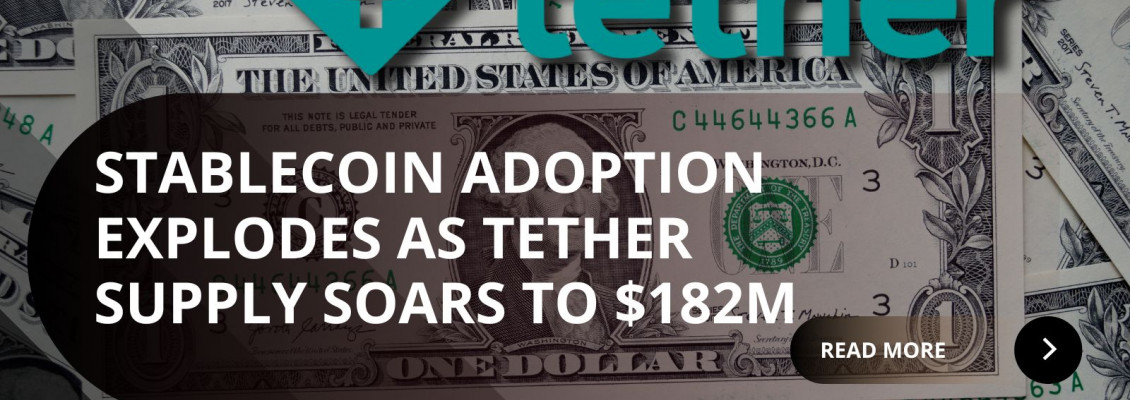
Tether has reached an important phase of growth. The company behind the USD-pegged stablecoin USDT now counts an estimated hundreds of millions of users and is reporting a circulating supply of well over $150 billion. One report places the user base near 500 million, while others cite more than 400 million users. Meanwhile, USDT’s supply has surged past $170 billion and as high as $175 billion.
These numbers reflect more than just scale. They show that USDT continues to serve as a foundational layer in the crypto economy, especially in emerging markets and cross-border transactions.
Why These Numbers Matter
• Liquidity and market depth
The rising supply means more liquidity is available for crypto exchanges, decentralized finance (DeFi) platforms, and remittance flows. With USDT circulating on major blockchains and reaching new highs, it supports more on-chain activity and trading.
• Global reach and user adoption
Tether’s user growth, especially in Asia, Latin America and the Middle East, is a key factor in its dominance. It has become the default dollar-proxy in many markets where access to stable value and borderless transfers matter.
• Corporate strength and valuation ambitions
Tether is not just growing supply and users, it is also expanding its business ambitions. The company is reportedly exploring a major private fundraising round worth $15–20 billion that could value it at up to $500 billion. This reflects investor confidence in Tether’s scale and the future potential of its infrastructure.
Tether’s Strategy: Where It Is Heading
-
User growth and market penetration: Expanding wallet and payment reach globally, especially in regions where the dollar is less accessible.
-
Supply expansion: Minting more USDT to increase distribution and support higher transaction volumes.
-
Diversification and infrastructure play: With a valuation target in the hundreds of billions, Tether is positioning itself beyond being just a stablecoin issuer.
-
Reserve and investment management: Tether has disclosed large holdings in U.S. Treasuries and even bitcoin as part of its reserve strategy, showing how it manages growth and liquidity.
Risks and Key Considerations
-
Regulatory scrutiny: As the largest stablecoin issuer, Tether attracts close attention regarding reserves and global financial flows.
-
Concentration risk: With such large scale, operational or systemic shocks could have outsized effects on the broader crypto ecosystem.
-
Competition: Rivals such as Circle (issuer of USDC) and potential central bank digital currencies present competitive threats.
-
Utility vs. speculation: While USDT is widely used in trading, remittances, and liquidity, its broader role as financial infrastructure is still being built out.
What It Means for the Crypto Industry
Tether’s growth shows that stablecoins are no longer niche tools but are becoming core infrastructure in digital finance. When a stablecoin reaches hundreds of millions of users and supply in the hundreds of billions, it becomes a systemic piece of financial plumbing.
The implications include:
-
Easier capital flows between fiat and crypto.
-
Stablecoins powering trade, remittance and treasury functions in real time.
-
Greater regulatory integration as stablecoins link with traditional finance.
-
More applications being built around stablecoin liquidity.
Conclusion
Tether has grown into a giant. With a user base approaching half a billion and USDT supply nearing $182 billion, it is firmly cemented as a pillar of the digital asset ecosystem. At the same time, its ambitions to be valued at $500 billion and to expand into broader financial services show that Tether is aiming to become more than a crypto company.
Whether it achieves this depends on regulation, execution, and adoption, but the direction is clear: stablecoins are now an essential part of global finance.

Leave a Comment